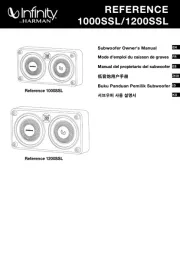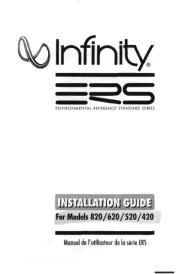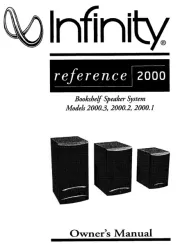Infinity 6030cs Manual
| Mærke: | Infinity |
| Kategori: | Højttaler |
| Model: | 6030cs |
| Frekvensområde: | 53 - 21000 Hz |
| Impedens: | 2 ohm (Ω) |
| Diskanthøjttaler: | Ja |
| Sensitivitet: | 93 dB |
| Form: | Rund |
| Subwoofer inkluderet: | Ingen |
| Vurderet effekt: | 90 W |
| Maksimal strøm: | 270 W |
| Indbygningsdybde: | 49.2 mm |
| Forstærker inkluderet: | Ja |
Har du brug for hjælp?
Hvis du har brug for hjælp til Infinity 6030cs stil et spørgsmål nedenfor, og andre brugere vil svare dig
Højttaler Infinity Manualer

14 Oktober 2025

8 Oktober 2025

23 Juli 2025

23 Juli 2025

23 Juli 2025

23 Juli 2025

23 Juli 2025

23 Juli 2025

23 Juli 2025

22 Juli 2025
Højttaler Manualer
- ACME
- HuddleCamHD
- JBL
- White Shark
- SiriusXM
- DataVideo
- Urbanista
- Wonky Monkey
- CSL
- Xvive
- Lilliput
- American Audio
- Bauhn
- LC-Power
- Livoo
Nyeste Højttaler Manualer

4 November 2025

4 November 2025

4 November 2025

4 November 2025

4 November 2025

4 November 2025

3 November 2025

3 November 2025

3 November 2025

3 November 2025
